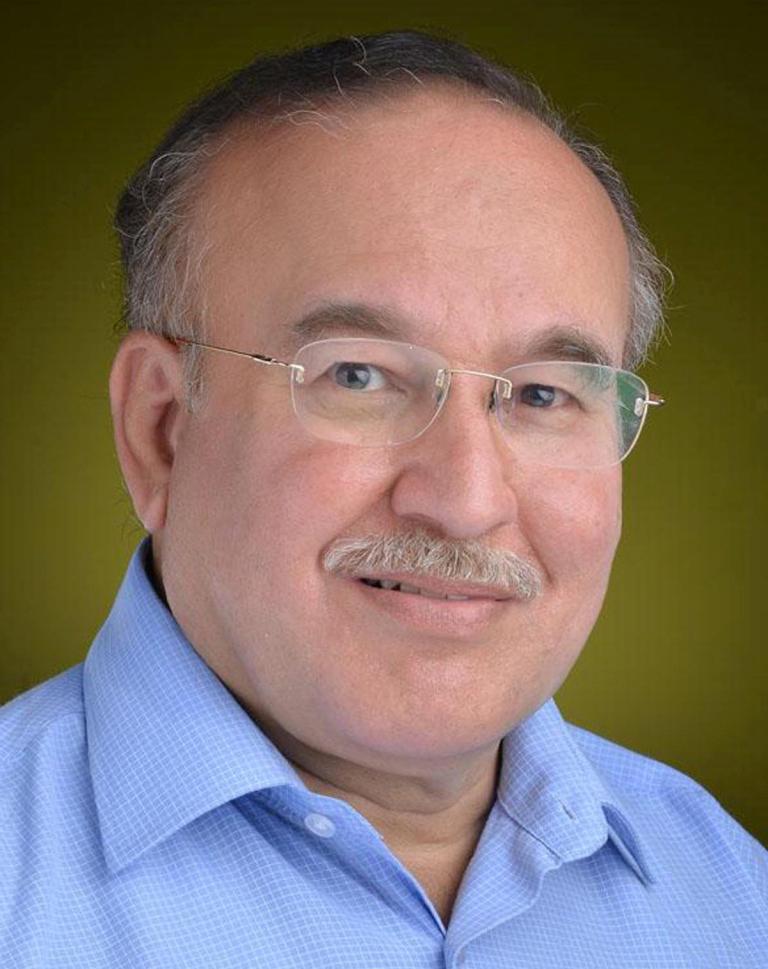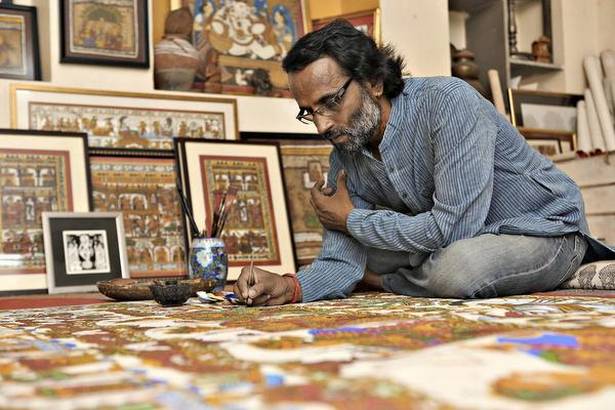The current pandemic is an unprecedented calamity — none of us has faced a similar situation in this lifetime. We don’t have earlier experiences on which to draw upon for handling it. The economic and social pain of the pandemic is immense. The worst affected are the populations who subsist on daily wage or seasonal income.
Barring agriculture, which is still functional, the rural economy is groaning in distress. Since the deeper behavioural changes and social restrictions that the pandemic has imposed are expected to become — and remain — the new normal for a long time, we will have to recalibrate our economic and social patterns so that the hardship of daily subsistence does not further compound problems created by the looming health crisis.
One of the vulnerable communities affected by the crisis are the folk artists. With incomes drying up, daily subsistence is becoming a hard challenge. There are no patrons for these artists. With transport unavailable, they are locked up in their villages. But there is also a great overlooked opportunity in this pandemic for both the government and the artists.
The battle against corona is being fought on two fronts: prevention and cure. While doctors and health workers are making brave efforts to handle the infection and its fallout, the preventive part involves deep behavioural changes, which are more effectively achieved through multiple approaches of social messaging that can sensitise people to the different aspects. This is necessary because the vaccine is still a year away.
Folk artists can play an influential role in dissemination of information about COVID-19 and bring about the desired behavioural responses to the new social realities. Folk art is the most powerful medium of communication in the hinterland. To adapt to the new norms of social distancing, we can have smaller troupes. Village heads have become highly mature in handling crises and we know how Self-Help Groups across the country are responding to the pandemic so creatively.
Folk arts are built on time-honoured wisdom documented through centuries. Much of India’s rural and tribal social structure is built around practices carried forward through folk wisdom. The role of folk art in this entire ecosystem is rather important because it incorporates valuable lessons from folk mythology.
Though many fear the impact of COVID-19 may be the end of craftspeople, it is the creativity and resilience of these artists that could save them. Several organisations and artist guilds led by Dastkar are in the forefront of efforts to keep the morale of the artists intact. These people know that while lives are important, livelihoods are no less critical.
India’s folk artists have long used traditional storytelling for social messaging. It is widely recognised as one of the most powerful tools of communication and documentation of their culture. The renowned folk art-oriented nonprofit Dastkar has already launched several innovative campaigns by channelling the creativity of these artists. But the folk artist community is such a huge tent that countrywide efforts will be required to protect the physical and financial health of these marginalised communities who have no fallback in these tenuous times.
Dastkar has already shown the way to channelise the creativity of these artists in a way that ensures their financial sustenance and also reinforces the outreach of the public education campaign about the novel coronavirus and the new social norms it has imposed. The initiative and the workbook of the artists has already caught the attention of the world.
Working during the lockdown, which is expected to cross two months, a group of folk artists and craftspeople across India have produced illustrations and paintings in traditional styles that depict the behavioural practices being advised by health bodies. Since March, folk artists who work with Dastkar have produced artwork underlining the importance of social distancing, wearing face masks, washing hands with soap, other hygiene etiquette and avoiding group travel. There are also scenes depicting hospitals treating COVID-19 patients.
Traditionally, many folk art forms in India were made on large scrolls or as murals to share information with the local community. Artists would hold up scrolls in village squares and share messages for creating awareness and eliciting community responses.
Ambika Devi is an artist from Rashidpur village in the northern state of Bihar. She uses a folk art form called Madhubani—which takes its name from a district in the state. Ambika Devi’s art shows people wearing face masks and maintaining social distancing in village markets. Bhilwara in Rajasthan is considered a great success story in reversing the tide of infections. It was an early hotspot before the virus was contained through creative approaches.
Kalyan Joshi is a Phad artist from Bhilwara. His paintings carry messages in the local language about social distancing and face masks. Phad painting is native to Rajasthan and dates back to medieval times. It was traditionally painted on large cloth panels showing royal scenes of festive processions and wars. Joshi’s artworks have become extremely popular with the local people as they relate the idea to their own traditions. Bhilwara is a prime example of innovative strategies in promoting new behavioural patterns.
Amidst the lockdown, Daskar has been actively speaking with craftspeople to understand their situation and check up on their well-being. One such conversation led them to speak with master artisan Apindra Swain, a Patachitra artisan in Odisha. He was quite discouraged as he was not able to work. There can be no greater tragedy for an artist than to find the creative juices drying up. Dastkar’s advice led him to use the current situation as an inspiration and not get demotivated. He created a classic Patachitra artwork for depicting the new normal.
The nonprofit’s efforts are helping Indian crafts showcase the power of adapting to troubled times. Similarly, let us lend our own support in our own local situations. This is the way we can ensure that the creative bloom of these artists not only keeps them cheerful but also lifts our spirit in these difficult times.
 Dr Moin Qazi is an author, researcher and development professional who has spent four decades in the development sector. He is a member of the National Institution for Transforming India (NITI) Aayog Committee on Financial Inclusion for Women. He has worked for three decades with State Bank of India as a grassroots field officer, program manager, policymaker and researcher in development finance.
Dr Moin Qazi is an author, researcher and development professional who has spent four decades in the development sector. He is a member of the National Institution for Transforming India (NITI) Aayog Committee on Financial Inclusion for Women. He has worked for three decades with State Bank of India as a grassroots field officer, program manager, policymaker and researcher in development finance.
Views of the author are personal and do not necessarily represent the website’s views.
Thank you for reading. In addition, your thoughts and inputs will genuinely make a difference to us. Please drop a line and help us do better.
Regards,
The CSR Journal Team


